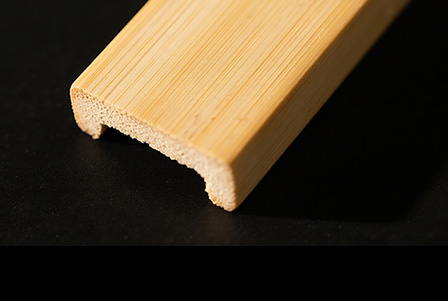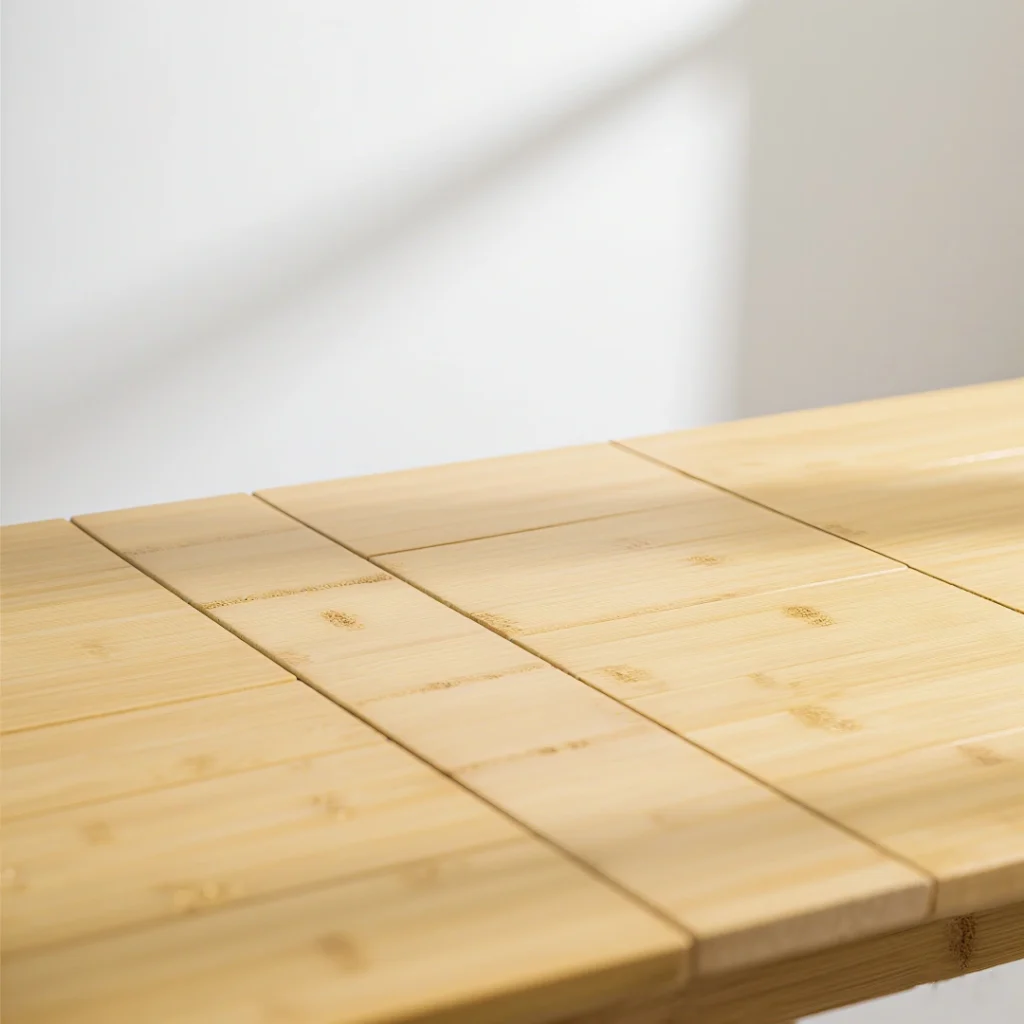Bamboo Board

Bamboo Outdoor Furniture performance
Bamboo panels are processed from bamboo, offering higher strength and density than ordinary wood. With straight grain, smooth texture, and natural color, they can be bleached or dyed for enhanced decorativeness. Environmentally friendly and slightly flexible, bamboo panels exhibit good durability in outdoor settings, enduring moderate wind and sun exposure. Lightweight and easy to move, they are commonly used for crafting outdoor tables and chairs, bringing a natural, rustic charm to outdoor spaces.

Bamboo Outdoor Furniture Maintenance Instructions
Preventive Measures
Similar to wood, bamboo furniture will naturally age to a silver-gray color if left outdoors for a long time without maintenance. To maintain the original rich and vibrant color of bamboo, it is recommended to oil the furniture regularly—twice a year is appropriate, depending on the degree of sun exposure.
Refurbishment Treatment
If the furniture has oxidized to a silver-gray color, it is recommended to first gently sand the surface with fine-grit sandpaper to reveal the original wood color, then apply a layer of special oil for outdoor furniture.
Coping with Natural Properties
Extreme weather may cause bamboo to expand and contract with heat and cold. Due to this natural deformation of bamboo, it is necessary to regularly check and tighten the furniture bolts. Otherwise, it may damage the hardware interfaces or the bamboo structure.
Instructions for Using Outdoor Furniture Oil
Outdoor furniture oil is a protective penetrating oil with UV resistance, water resistance, and mildew and antibacterial properties, offering a variety of semi-transparent wood tones and transparent options. Teak color (TEAK colour) is recommended; the transparent type can enhance the natural color of bamboo and is only suitable for well-sheltered environments. The maintenance steps are simple, just "1, 2, 3":
Tools Required: Outdoor furniture oil (teak color), pure cotton cloth, fine-grit sandpaper, sunny weather.
Steps:
- Wipe the dust off the furniture surface.
- If the furniture surface is rough, gently sand it with fine-grit sandpaper (non-essential step).
- Apply the furniture oil evenly with a cotton cloth.
- Thoroughly wipe the surface.

